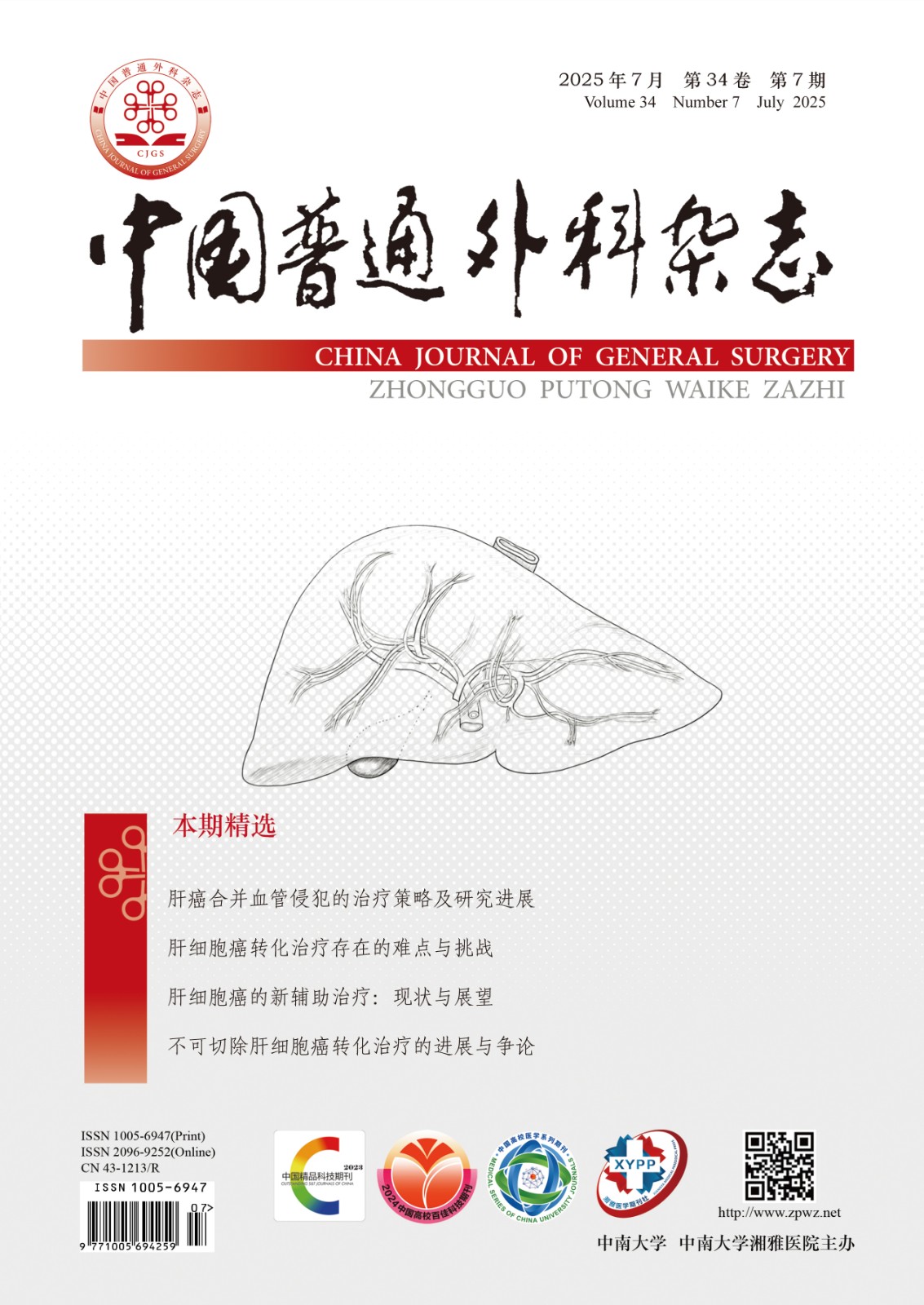Abstract:Background and Aims Endovascular aneurysm repair (EVAR) has gradually become the first-line treatment for abdominal aortic aneurysm due to its safety and effectiveness. Although various minimally invasive intravascular devices and intervention techniques are currently utilized for preserving the internal iliac arteries (IIA), cases requiring the occlusion of IIA are still not uncommon in clinical practice. Once IIA is closed, especially in patients undergoing bilateral IIA embolization, complications such as gluteal muscle ischemia, intestinal ischemia, and sexual dysfunction may arise. Additionally, some patients with well-established collateral branches of the IIA show no significant occurrence of closure-related complications after bilateral IIA closure. Therefore, the present study was performed to investigate and analyze complications such as gluteal, intestinal, and genital ischemia after the closure of unilateral or bilateral IIA in EVAR and their relationship with collateral compensation.Methods Baseline data and preoperative, intraoperative, and postoperative imaging data of 1 902 patients who underwent EVAR in Changhai Hospital from July 2011 to July 2021 were retrospectively collected and analyzed. Among them, 426 patients undergoing IIA closure were selected (62 cases of bilateral IIA closure, and 264 cases of unilateral IIA closure), and complications were assessed through telephone follow-ups. Complications such as gluteal muscle ischemia, intestinal ischemia, and sexual dysfunction during the perioperative and follow-up periods were recorded. Collateral circulation was observed based on intraoperative and postoperative imaging, and the relationship between collateral establishment and complications was analyzed.Results Of the 426 patients, 73 (17.1%) exhibited symptoms of gluteal muscle ischemia, 7 (1.6%) had symptoms of intestinal ischemic necrosis, and 3 (0.7%) developed sexual dysfunction. On follow-up CTA conducted 1-12 months postoperatively, 321 patients (75.4%) had unilateral or bilateral IIA collateral vessels. Among them, 143 cases (33.6%) had formation of collaterals from the deep femoral artery to the IIA, 79 cases (18.5%) had collaterals originating from the internal iliac artery, 90 cases (21.1%) had collaterals from the mesenteric artery to the IIA visceral branch, 7 cases (1.6%) had collaterals from the superficial femoral artery to the IIA, 7 cases (1.6%) had collaterals from the splenic artery to the IIA, 13 cases (3.1%) had collaterals from the external iliac artery to the IIA, and 76 cases (17.8%) had collaterals from the contralateral IIA. In the entire patient group, the incidence of complications in patients with collateral establishment was significantly lower than in those without collateral vessels (OR=4.68, 95% CI=2.84-7.71, P<0.05), and this was primarily associated with the establishment of collateral circulation from the contralateral IIA (OR=6.30, 95% CI=2.21-17.94, P<0.05). In patients with bilateral IIA closure, those with collateral formation had a significantly lower complication rate than those without collateral vessels (OR=5.79, 95% CI=2.65-12.67, P<0.05), and this was mainly related to the formation of collateral vessels from the deep femoral artery (OR=2.91, 95% CI=1.35-6.29, P<0.05).Conclusion IIA closure of during EVAR results in varying degrees of ischemic symptoms in the gluteal muscle, bowel, and genitalia. The occurrence of complications is closely related to postoperative collateral circulation. For patients requiring bilateral IIA treatment during EVAR, a thorough assessment of the corresponding collateral sources should be conducted before operation, and preservation should be considered during the operation.










































